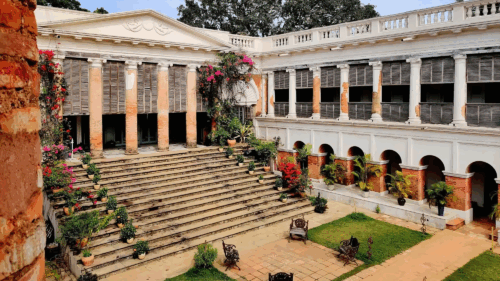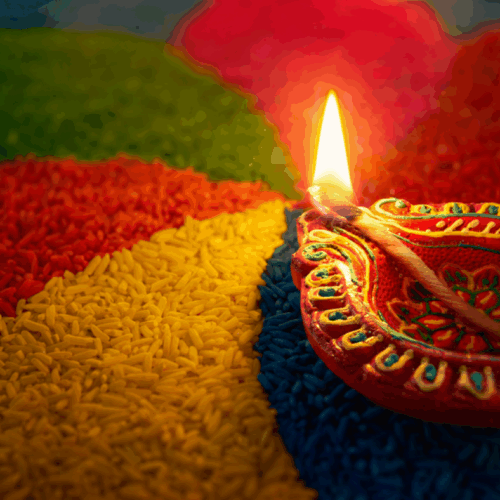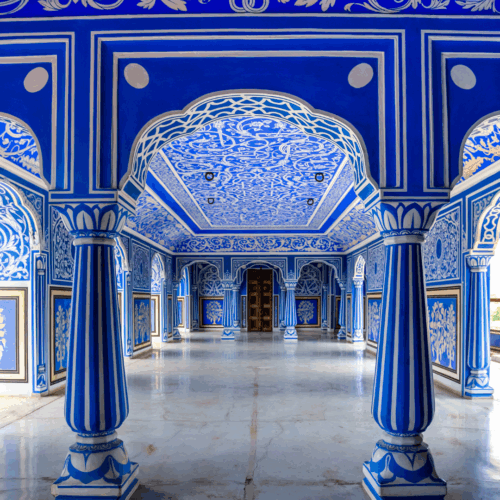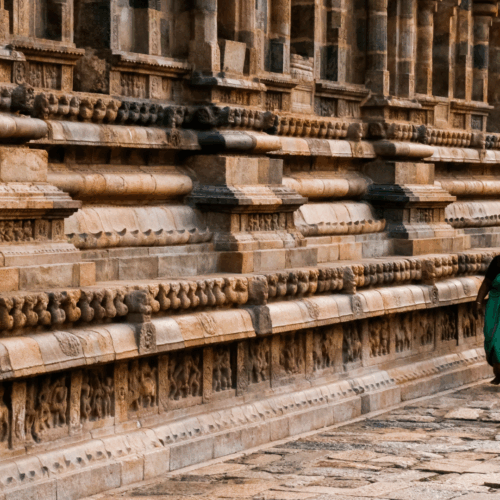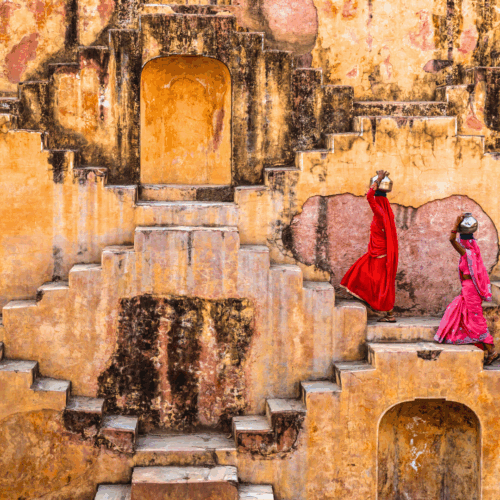Once a stately home to the aristocratic Zamindars of Bengal, the Rajbari Bawali is no stranger to lavish décor, opulent banquets, and legions of exacting staff. However, by the time businessman Ajay Rawla discovered it in 2006, the palatial home was in ruins—neglected since independence in 1947, crumbling and overgrown with vines. Rawla has since lovingly restored it to its former glory. The result? An award-winning majestic heritage hotel on the leafy edge of Kolkata that proudly evinces its noble history with a truly indulgent approach to hospitality. We speak to Rawla about how he managed such a skillful renovation.
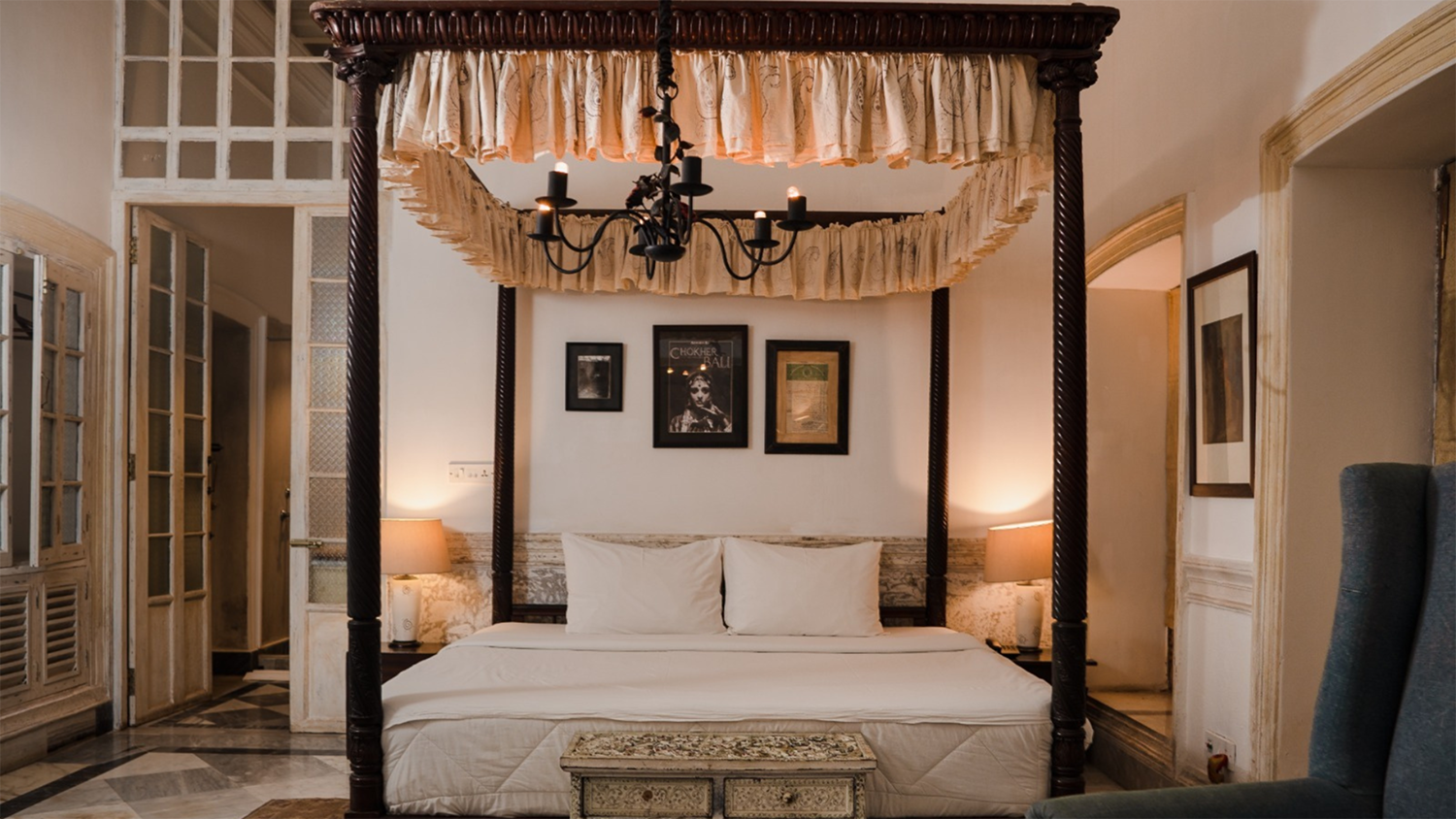
How did you take the leap from businessman to hotelier?
‘Whilst I was looking for land to set up a factory, I was told about the magnificent ruins of the temple at Bawali. Intrigued, I drove to see these temples, which display similarities to those at Angkor Wat. To its side stood a weary and forlorn dilapidated building with a small door that seemed to be calling out to me.
It took me two years to acquire the property from its multiple owners, but I was overcome with a desire to protect it from falling into bits after laying eyes on this fabulous stately home. The restoration journey began in 2008, with a team of master craftsmen and masons sent to the Aga Khan Foundation for training in the traditional arts of lime washing, brick molding, and plastering. From then onward, I knew I had to share this hidden gem with the world, and I was delighted at the thought of opening the doors of The Rajbari Bawali to the public and welcoming guests into it as if it were my home.’
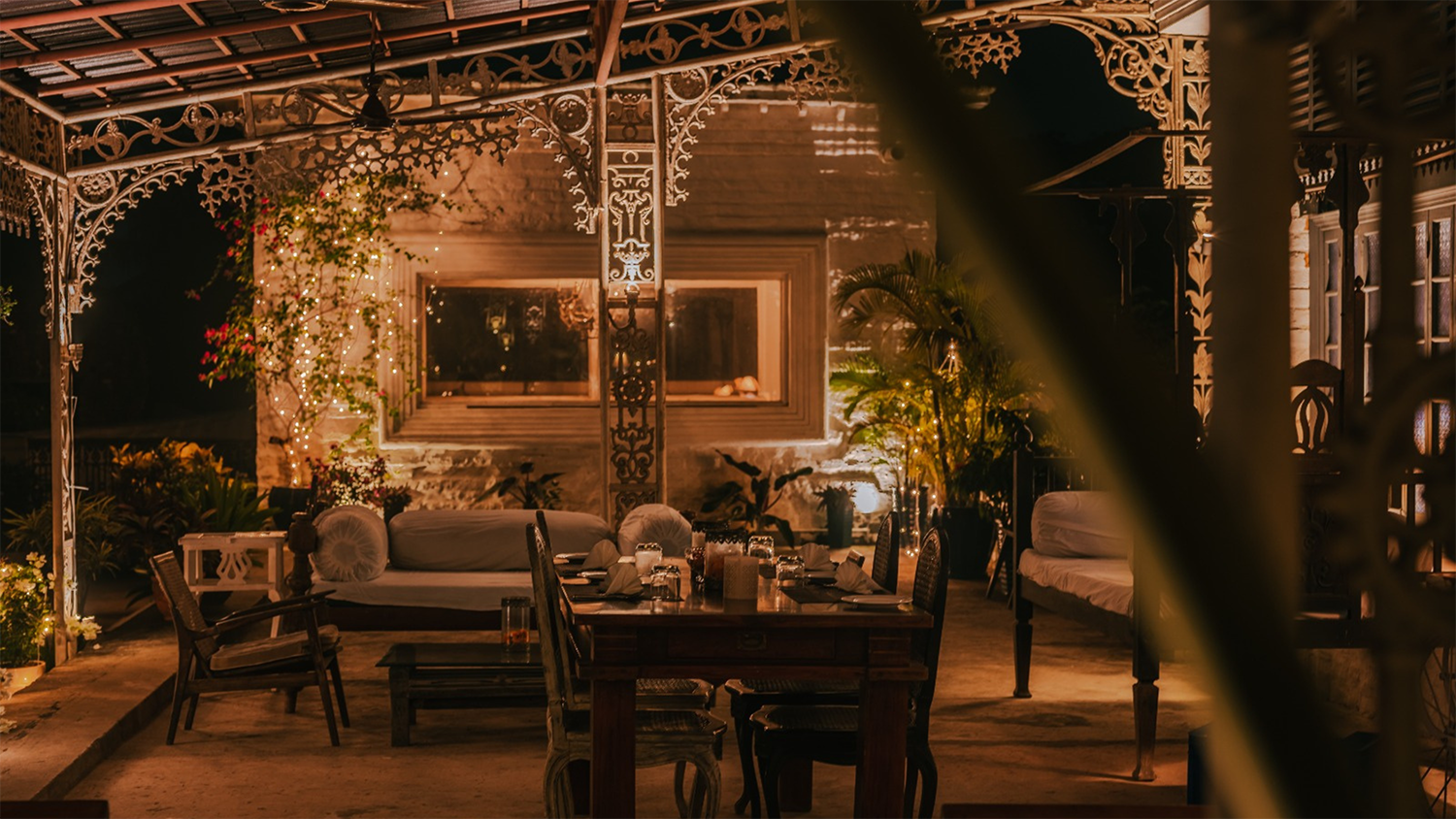
How have you managed to maintain the property’s heritage feel in your restoration?
‘Considering that the ruins where I found the property drew me to it in the first place, I decided to highlight the evidence of its rich history. Unplastered columns, broken capitals, and walls rendered with brick and mortar were left as we found them or with minimal treatment. We needed to make a roof for the structure and, in some cases, rebuild it from the foundation. Almost all of our material was recycled, including salvaged Burmese teak and Italian marble reused from other colonial homes. Additionally, a brick mason was commissioned to custom-make bricks the same size as the original bricks to preserve the look and feel of the property.’
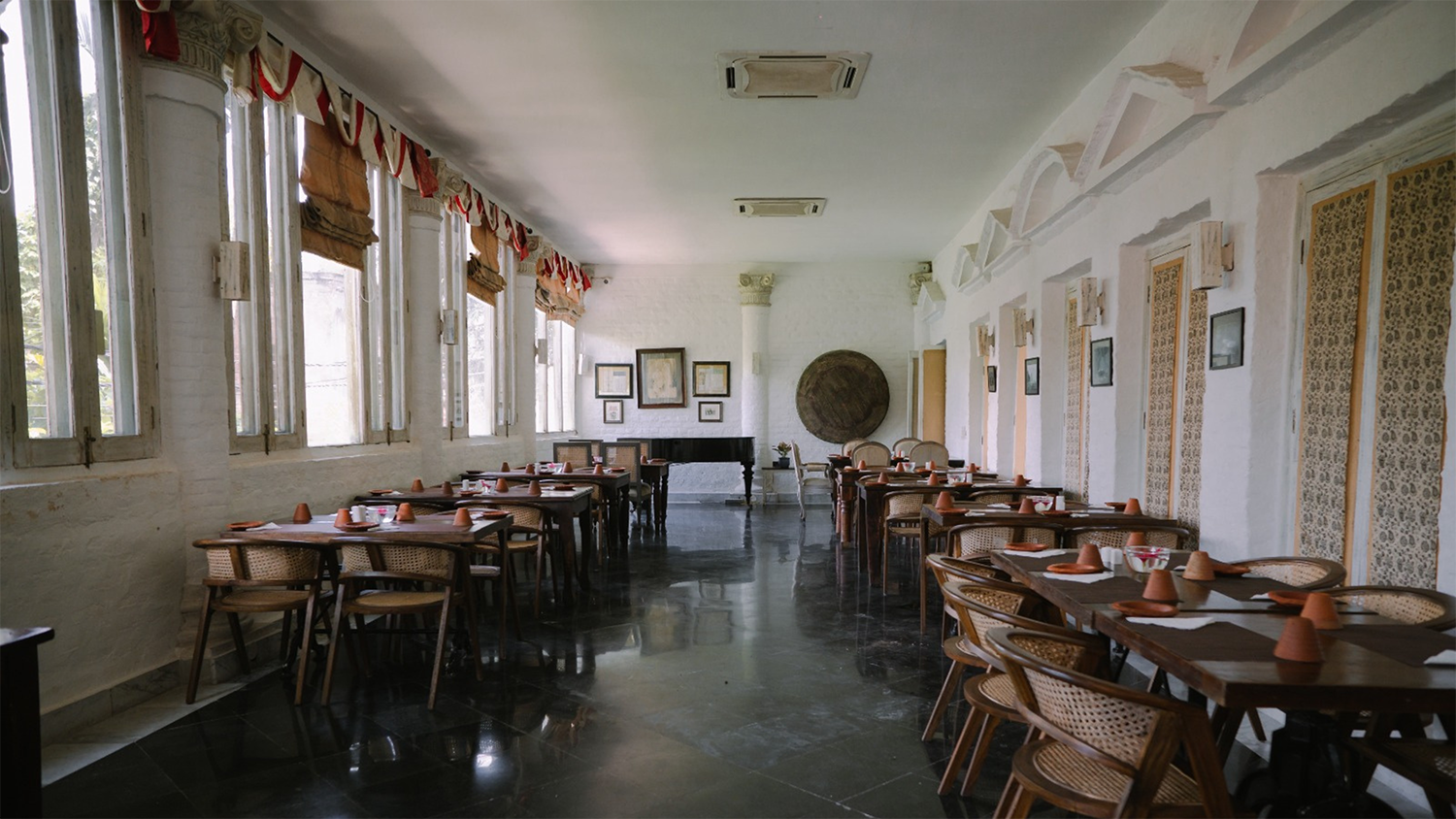
What restorative detail are you particularly proud of?
‘I love the feeling of the unplastered columns and the way the sun bursts onto the exposed brick.’
How has the property’s history influenced the service and guest experience at The Rajbari Bawali?
‘One of our missions is to provide an unforgettable experience reminiscent of the royal Zamindaris and colonial Calcutta.’
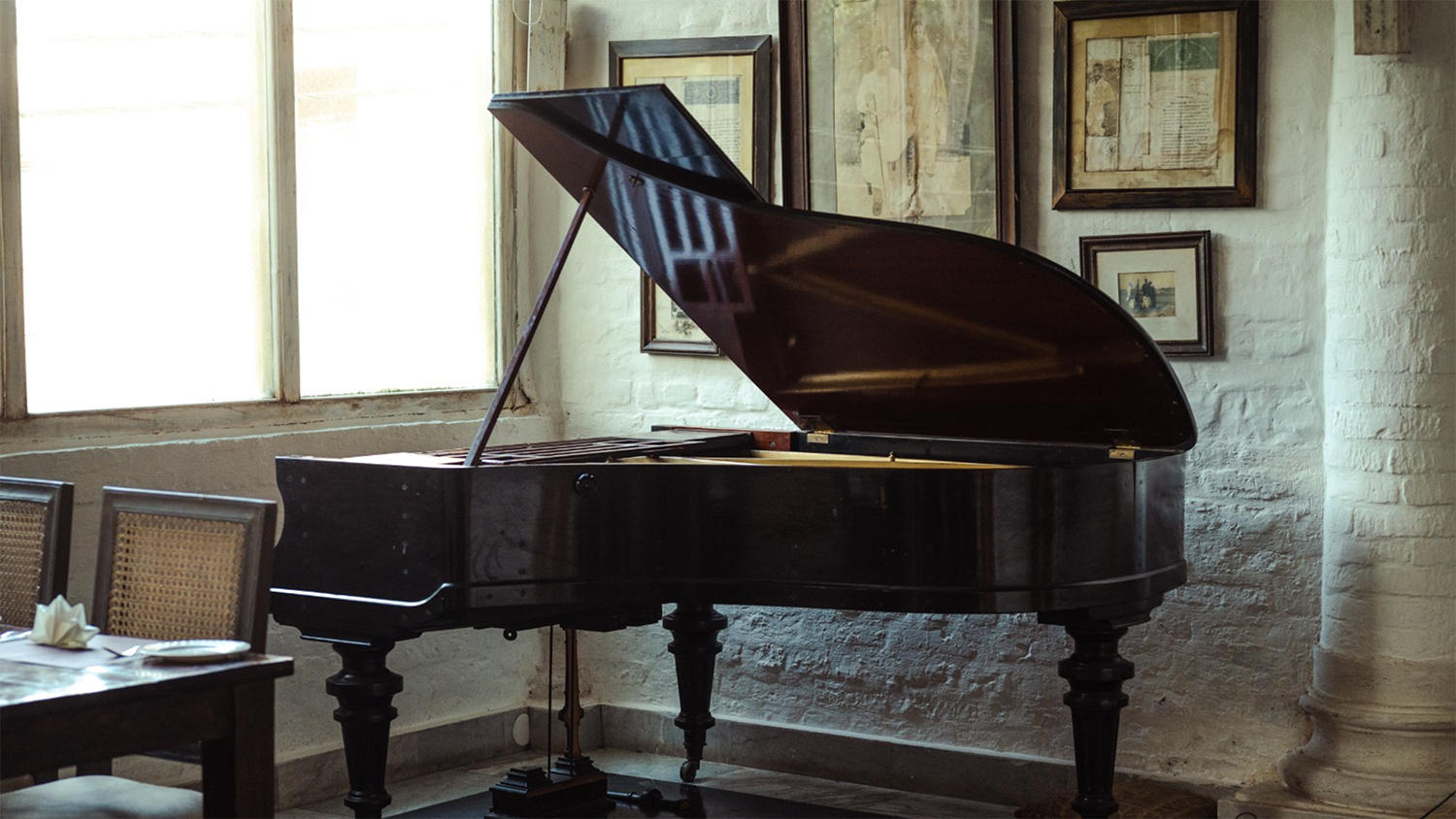
What inspires you the most of all the antiques and artifacts housed within The Rajbari
Bawali?
‘I love the Blüthner piano, which once belonged to the chairman of HSBC, and it was sold to me by the then-owner on the condition that she could play it whenever she visited Calcutta.’
Which is your favorite room in the restored mansion?
‘I enjoy every nook and cranny of The Rajbari Bawali, but most of all, I love our private dining room, which had no floor or roof when I bought it.’
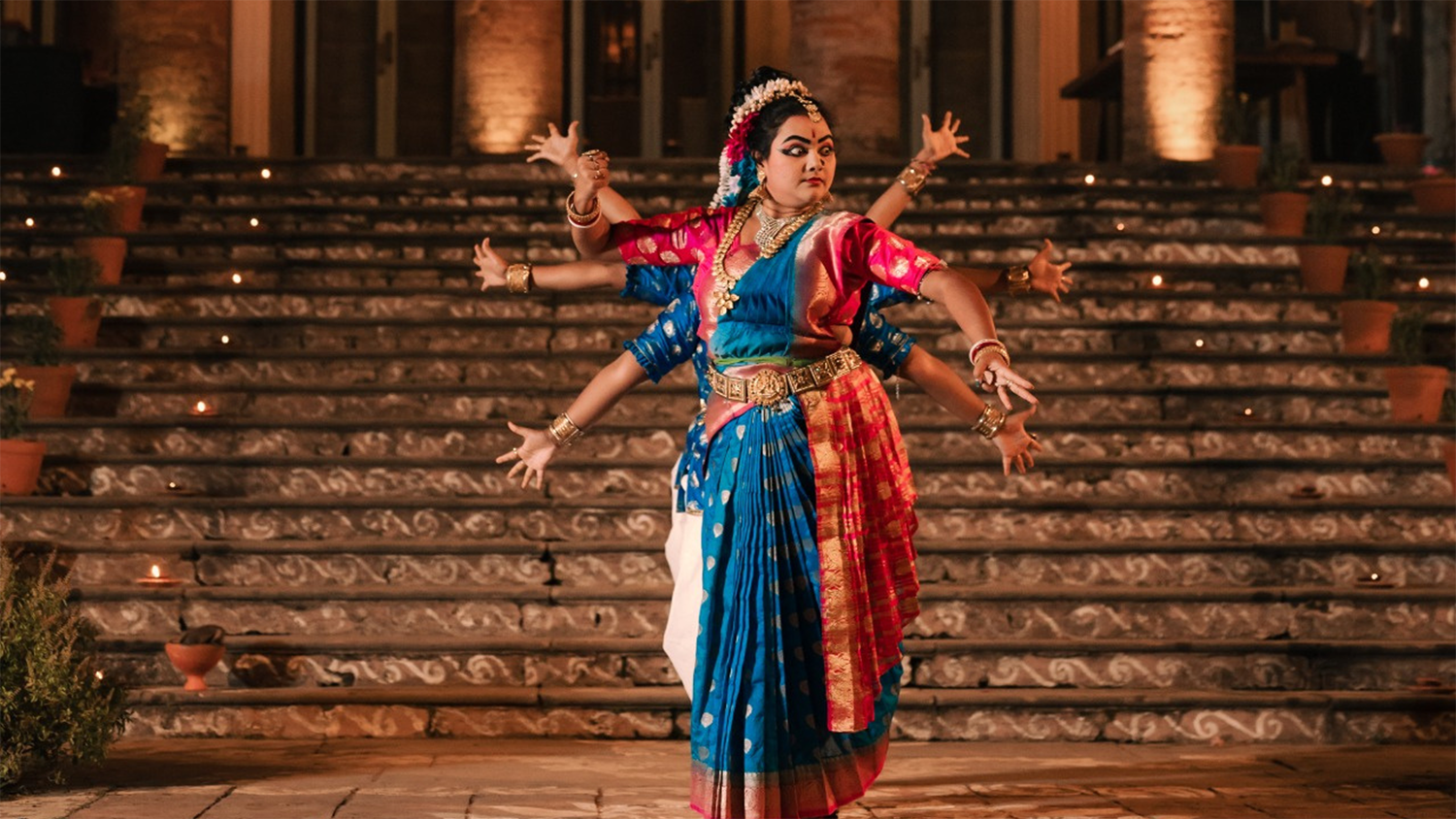
What activity would you recommend for guests to do while staying here?
‘Travel is all about experiences, and The Rajbari Bawali has a myriad of experiences. The village walk, which takes you through nearby communities, allows you to explore traditional homes and interact with locals, letting guests immerse themselves in the beauty and simplicity of rural living while collecting stories and smiles along the way. Equally unforgettable are the evening cultural shows featuring vibrant local dance, music, and folklore on the property grounds. Last but not least is the sundowner experience by the sacred Ganges, where you can sip refreshing drinks as the sun sets below the horizon. You can also enhance your experience with a traditional fishing adventure or a refreshing cycle tour through scenic landscapes that reveal hidden gems of nature.’
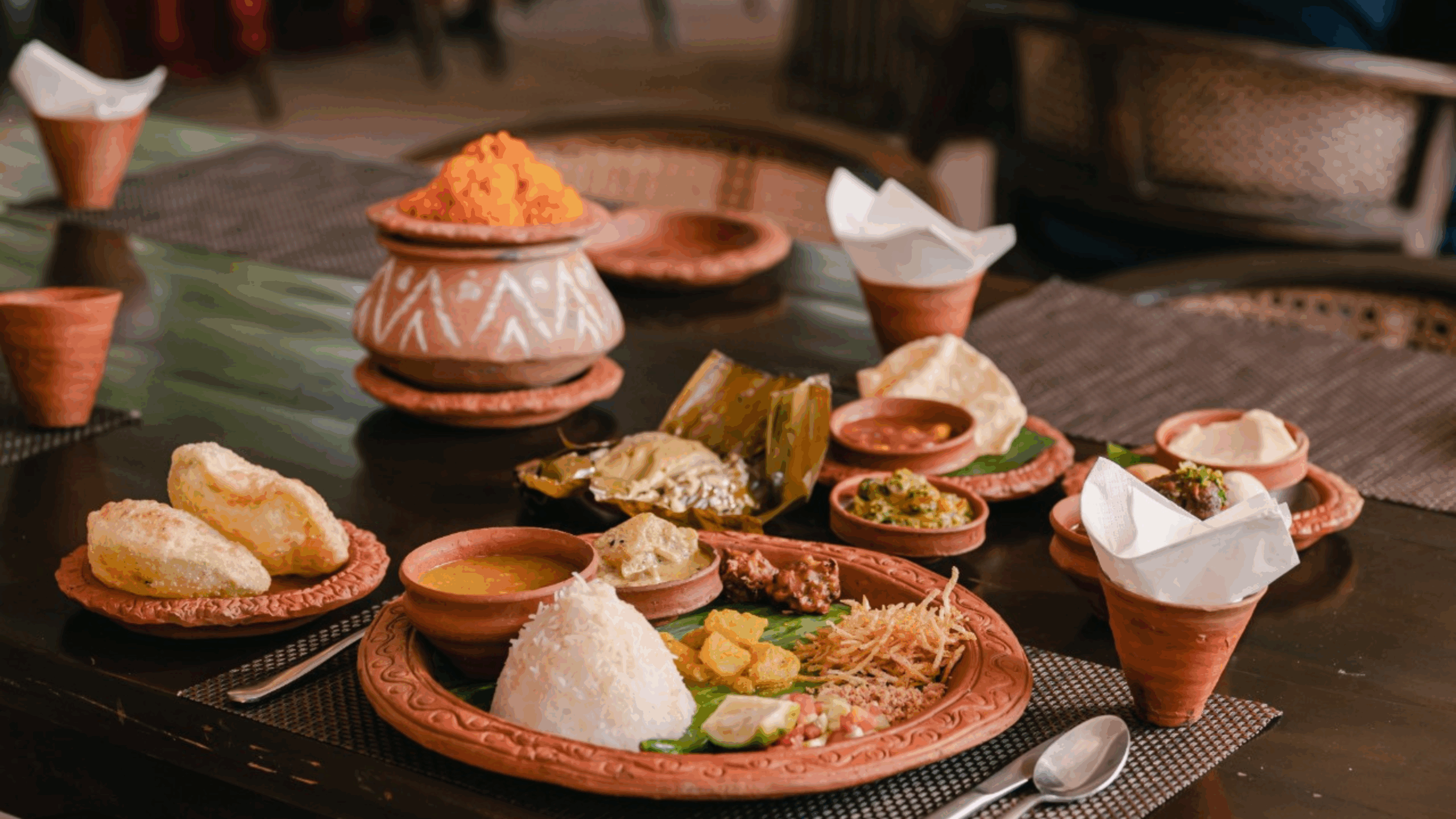
Finally, which dish from The Rajbari Bawali’s kitchen would you particularly recommend?
Our chefs turn out many delectable dishes; however, my favorite is the Bhetki Paturi, which is succulent barramundi marinated with Bengali mustard and steamed in a banana leaf.’
What site in Kolkata can you recommend to your guests to visit?
‘I always enjoy visiting the Marble Palace, one of the best-preserved and most elegant houses of 19th-century Calcutta. The mansion is famous for its sparkling white marble walls and floors and has an exquisite collection of Western sculpture and Victorian furniture.’
